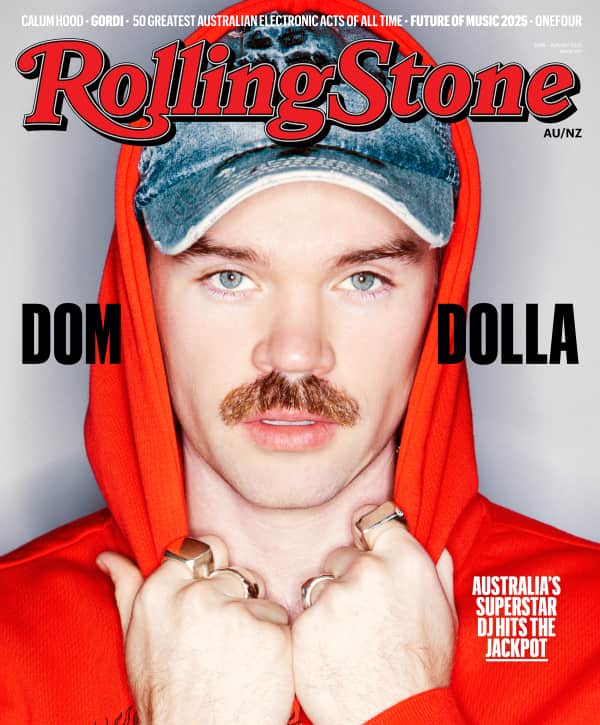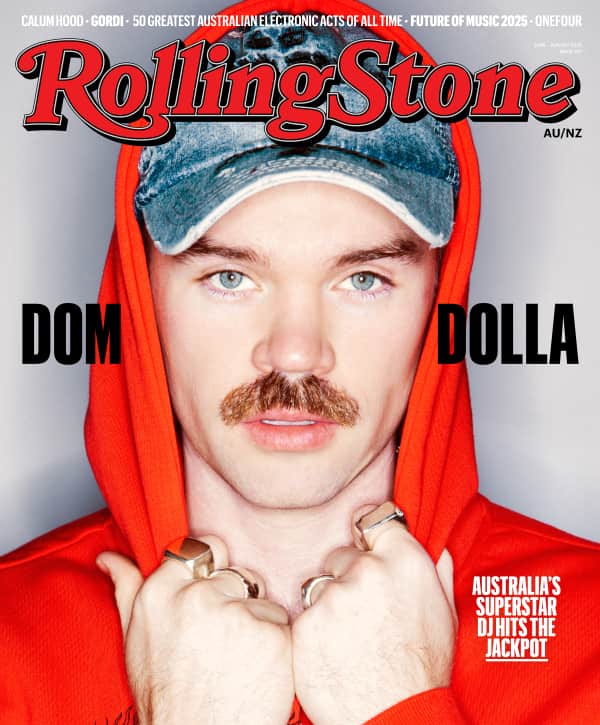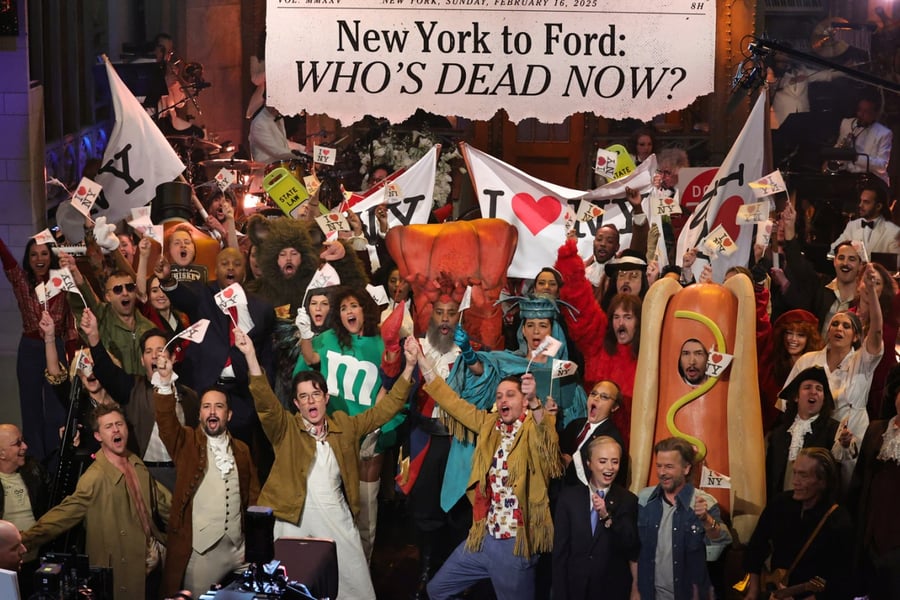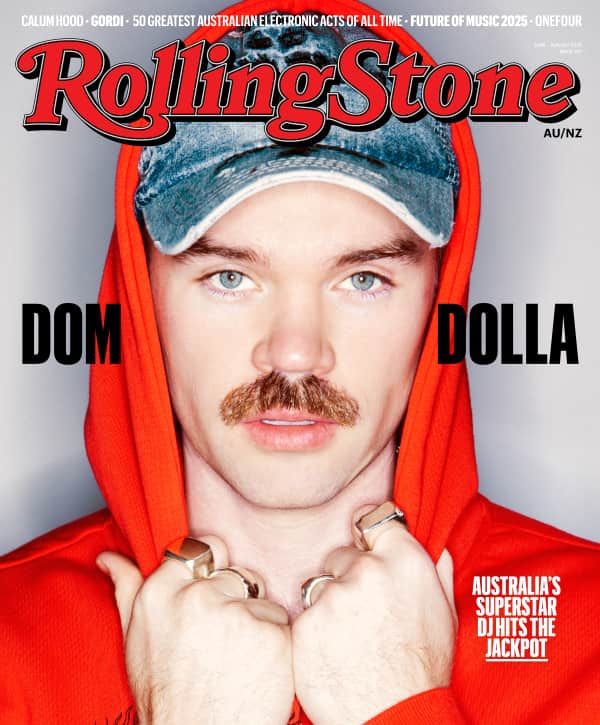Near the end of the 50th anniversary Saturday Night Live special on Sunday night, original cast member Garrett Morris sat on a chair at the show’s primary stage (a.k.a. home base) to introduce “Don’t Look Back in Anger,” a 1978 SNL short that imagined an elderly John Belushi as the last survivor of that first group of Not Ready for Primetime Players. Before the film rolled, Morris quipped that when he joined the cast in 1975, “I had no idea I would be required to do so many reunion shows.”
Last night’s show was the fourth time SNL has celebrated its long and storied history in primetime like this. There was a 15th anniversary show in 1989, a 25th anniversary in 1999, and a 40th in 2015. There have also been countless other specials and documentaries, including a flood of them on Peacock over the last few months, like Questlove’s tribute to the show’s musical history, and a four-parter that included an entire episode about Lorne Michaels’ return to the show after a five-year break, which at first went so poorly that he fired the bulk of the new cast, including a young Robert Downey Jr. and Joan Cusack, after only a season.
There have been so many salutes to SNL anniversaries that the specials have developed a formula almost as familiar as the structure of the regular show itself. Steve Martin came out to do the monologue last night and complained about being saddled with the show’s least successful weekly component — just as he did at the 40th, and just as Tom Hanks did at the 15th. Tina Fey and Amy Poehler did a segment where they took questions from the star-studded studio audience, which Seth Meyers pointed out was an excuse to incorporate celebrities who otherwise wouldn’t be part of the show; Hanks and Jerry Seinfeld conducted similar Q&As at the 25th and 40th, and Robin Williams did an unplanned version of it at the 15th, when he was sent out to fill time with crowd work after someone realized the show was running short. Many of the archival clips had been featured in one or more of the prior anniversary shows, like Martin and Gilda Radner frantically dancing together at a bar, or a short film where Phil Hartman and Jan Hooks shared a fantasy waltz. Two of the 50th’s musical guests were Paul Simon, a staple of the series going back to its second-ever episode, and Paul McCartney; the two Pauls dueted on “I’ve Just Seen a Face” at the 40th. Andy Samberg did another digital short about the history of SNL; at the 40th, it was about people breaking character during sketches, while here it was him explaining to Bowen Yang that everyone on the show struggles with anxiety.
On the one hand, the familiar nature of so much of the 50th anniversary special suggested overkill. Despite all the that’s happened in America and the world since 2015, it wasn’t that long ago. On the other hand, excess and self-indulgence has been baked into the SNL DNA from the start. If Michaels were creating the show today, it’s hard to imagine he would make each episode 90 minutes long, with at least two musical performances, that troublesome monologue, and some other elements; that’s just the way it was back in 1975, so it’s the way things are still done. The show also has a long tradition of reusing characters and jokes until well past they’ve lost their effectiveness. (Most of Kristen Wiig’s tenure on the show involved her introducing wonderful characters who kept being brought back at least a half-dozen times more than they should have been.)
So in that sense, the 50th special, like the 40th(*), felt appropriately like SNL in microcosm. It was longer than it needed to be, and creatively uneven, with a number of baffling choices. But it also had some great comedic highs, and ultimately it felt nice to have so many representatives of so many different eras of the show all together in Studio 8H.
(*) The 15th and 25th anniversary shows were primarily made up of cast members introducing archival clips. With the 40th, Michaels shifted to a supersized, celebrity-packed version of a regular show, with more cast members old and new performing live sketches.
The special leaned more heavily on 21st-century SNL stars and characters, including a very early in the evening placement for the latest sketch featuring current cast member Chloe Fineman as a woman who keeps cheating on her husband with Marcello Hernandez’s Domingo. But the highlights tended to involve different SNL generations colliding.
Love Music?
Get your daily dose of everything happening in Australian/New Zealand music and globally.
At the 40th anniversary, Eddie Murphy — the biggest star the show ever produced, and arguably its single most valuable regular — seemed bored to be onstage, and couldn’t be bothered to appear in a sketch. (Between his status as a veteran of the brief Michaels-free period of the early Eighties, plus lingering bitterness over David Spade mocking his struggling film career in the Nineties, he never acted like a member of the family in the way that, say, Adam Sandler has.) But he agreed to host the show back in 2019, and seemingly enjoyed the experience enough that he stole a pair of sketches last night, first doing a stunningly perfect impression of Tracy Morgan — cracking up Leslie Jones and the actual Tracy Morgan — during Black Jeopardy!, then teaming up with Kenan Thompson and Will Ferrell for a reprise of Thompson’s old Scared Straight recurring sketch.
Amy Poehler and Maya Rudolph brought back their old Bronx Beat fake talk show. After a middling interview with Miles Teller, they were joined by Mike Myers as Coffee Talk host Linda Richman, and the joy between the 2000s stars getting to banter with their Nineties predecessor doing one of his most beloved characters was palpable. During Weekend Update, former Update anchor Bill Murray was appropriately disrespectful of current anchor Colin Jost while doing a ranking of the 10 best hosts or duos. (He made a nepotistic choice for the top spot: his brother Brian Doyle-Murray, who hosted what was briefly called “SNL Newsbreak” in the seventh season.) Also during Update, Cecily Strong’s Girl You Wish You Hadn’t Started a Conversation With at a Party was revealed to be pregnant with the baby of Bobby Moynihan’s Drunk Uncle. And in another filmed short, original cast member Laraine Newman’s nostalgic return to Studio 8H was accompanied by Pete Davidson’s bored, dim Chad.
This was probably a vein the special could have mined even more, given its three-and-a-half-hour running time and the clear desire to incorporate as many former cast members as possible. A lot of the time, though, we got more straightforward returns of familiar characters, paired with special guests, like Meryl Streep — who has somehow never hosted the show — cracking up Kate McKinnon (the night’s second-funniest performer, after Murray) by playing the mother to McKinnon’s frequent UFO abductee Colleen Rafferty, or Kim Kardashian playing one of the sisters to Wiig’s freakish Dooneese in another Lawrence Welk Show parody.
The night was a big enough event that there were megastars of many eras wherever the cameras turned onto the studio audience. At one point, Jack Nicholson — another surprising never-host — made his first public appearance in years to introduce his Anger Management co-star Sandler, who performed a lovely musical tribute to 50 years of the show, to many longtime crew members, and to several cast members who have died over the past 50 years, including Hooks, Radner, and Sandler’s friends Chris Farley and Norm Macdonald.
This and the airing of “Don’t Look Back in Anger” (a sadly ironic short, since Belushi became the first of his cast to pass away, not the last) were the closest the special got to an In Memoriam segment, though it seemed for a moment that Hanks was going to introduce one late in the show. Instead, he was setting up a montage of “sketches and characters that aged horribly,” like Adrien Brody as a rasta, Lucy Liu cooking a dog, and O.J. Simpson and Robert Blake each hosting the show years before they were charged with murder. It was a clever idea that nonetheless seemed gun-shy regarding our current political moment. Julia Sweeney’s ambiguously-gendered character Pat — who has since been dubbed insensitive by various members of the queer and/or trans communities — was skipped over, as were hosting stints by Elon Musk and Donald Trump that you would think at least some people on the show now regret, even if Michaels himself does not. (If Michaels was a political firebrand when the show began, he seemingly has become much more relaxed about politics as he’s acquired more years, wealth, and power.) There were also references to controversial SNL moments, both in that montage and elsewhere, that shied away from what made them controversial in the first place. A snippet of the iconic word-association sketch between Chevy Chase and Richard Pryor bleeped Chase’s use of the N-word. (When that episode was rerun shortly before the 40th anniversary, the epithet was unbleeped.) Miley Cyrus and Brittany Howard’s performance of Prince’s “Nothing Compares 2 U” was perhaps also an allusion to Sinéad O’Connor, who famously covered the song — and, to protest abuses of children by Catholic priests, infamously tore up a photo of Pope John Paul II at the end of a 1992 appearance on SNL (*).
(*) This was one of a few moments where the earlier documentaries almost felt like required reading, especially for viewers who are either younger or don’t have an encyclopedic recall of 50 years of SNL history. The Questlove doc went deep on that moment, and even got Michaels — who at the time seemed upset that O’Connor had hijacked his show for her own agenda — to admit that in hindsight, he admired her courage.
Former Trump crony Rudy Giuliani, who hosted once and appeared several other times, was included in the latest John Mulaney mini-musical about the wonderful, disgusting weirdness of New York City, in the form of McKinnon in a bald cap dueting on a version of “My Shot” with Lin-Manuel Miranda, dressed once again as Alexander Hamilton. Running more than 10 minutes, this salute to the past 50 years of the Big Apple was another highlight, bringing in lots of guests and mixing in past and present SNLers. (Former SNL house band members Paul Shaffer and G.E. Smith even got to jam together on camera for a few moments.)
There was also plenty of SNL inside-baseball sprinkled throughout, from Martin complaining about the monologue, to Fred Armisen still trying to figure out why an old sketch of his that “killed at dress” got cut from that week’s live show, to the Sandler and Samberg songs both discussing bits of backstage lore. Samberg’s two new digital shorts from earlier in this season were both funnier than this one — “Sushi Glory Hole” in particular — but there was a clear attempt to not just do a bigger version of SNL, but one that was actually about SNL whenever possible. Even the choice of “Don’t Look Back in Anger” as the only vintage segment to play in its entirety felt meta, as it was one of the earliest moments where SNL imagined life (and death) decades into its own future.
Ending the show with McCartney performing the climactic medley from the Beatles’ Abbey Road album felt like a dual callback, in addition to to an appropriate final note for this half-century of SNL. One of the first season’s best and most self-aware gags had Michaels appearing on camera in an attempt to get the Beatles to reunite on the show for the whopping sum of $3,000. He never succeeded in getting all four, though McCartney, George Harrison, and Ringo Starr all appeared individually. But he got a Beatles number here at the end — including a song called, fittingly, “The End.” This also evoked one of the funniest and most charming moments of the whole series, when Farley quoted the song’s famous final lyric — “And in the end, the love you take is equal to the love you make” — at Macca and asked, “Is that true?”
It seemed odd that the show would have all of the surviving original cast members but Dan Aykroyd in the building and not do some kind of full-fledged tribute to them. As it is, Jane Curtin and Chevy Chase only appeared silently at the goodnights (Curtin, with Newman, holding up a Gilda Radner photo), easy to miss in the throng of people standing at home base. Between age and long-standing personal animosities (particularly regarding Chase, who is almost universally disliked by the people he worked with on the show as both cast member and host), this is likely the last time all of them and Michaels will be in Studio 8H together.
If the show, and many of these people, make it to a 60th anniversary, will it be Mulaney complaining about getting stuck with monologue duty? Or might we by that point have entered a post-Michaels era with some substantial changes to how things are done? Don’t count out Michaels just yet. Maybe he, unlike Belushi, will be the one to stick around forever, because he’s a dancer.
From Rolling Stone US



























